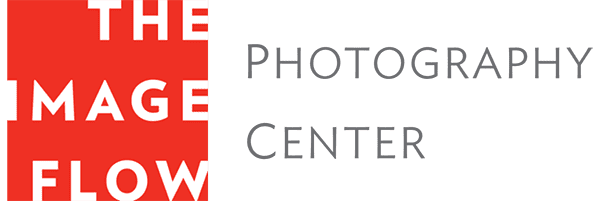

This will be Jeff Zaruba’s second year teaching a class at The Flow. He likes to get into the “why” behind his students interest in photography, and help them understand their vision and curiosity. He finds working with the students incredibly rewarding as he helps them gain confidence and reach the next level of their artistic potential.
Teaching comes naturally to Jeff. In his commercial photography business, he has worked closely with each of his assistants, well over a dozen in 30 years, teaching them each the skill, art and business of photography, before they are ready to go off and start their own careers.
Jeff earned his Fine Arts & Photography degree from Arizona State University in 1975. He enrolled with an interest in architecture, yet found his home in the photography department. He realized his love of architecture could be fulfilled as a photographer, and he could explore a whole new way of expressing his creativity.
From the beginning, black and white was his passion.
I was heavily influenced by a number of B&W photographers when I first started studying photography. Edward Weston and Paul Strand were two that I was immediately drawn to. Their ability to see everyday objects and scenes and turn them into strong works of art that still hold up today amazes me.
I love B&W photography for several reasons. First, it is an abstraction of reality. Taking a colorful world and translating it into a series of black, white, grey and silver tones is a process that really suits my visual aesthetic. I find that it forces me to look at light in a deeper way, and seeing in B&W often simplifies a scene.
Like many photographers it all started when I saw my first silver print emerge in the developing tray. That magic hooked me. Watching a beautifully crafted image come off a digital printer gives me a similar feeling today.
Obviously, he started his photography career in the days of wet film developing and making prints in a darkroom. He has transitioned to working exclusively with digital, and has the same success, if not more, with it.
Having learned photography by developing and analyzing B&W negatives, I learned what could be drawn out of negatives in the final print. The histogram is the modern day equivalent of a negative, and a full understanding of the information in a histogram is an essential start for making great images.
Then, like the negative, the raw captured file becomes a starting point for further work done in camera raw, light room and photoshop, to really create the final image. The capture is the craft; the digital darkroom work and print is the art.
Because Photoshop is such an incredibly deep program, I believe that you can really create an individual style and look, much like you could in a conventional darkroom. It is this exploration that makes digital photography great.
Jeff has been lucky enough to make a career out of his photography. His fine art work is shown in various galleries around the country, including Boston, Aspen, LA and Phoenix. His lifestyle commercial work is in high demand in the tourism industry.
When he isn’t shooting for clients, or teaching, you can find Jeff heading out to the National Parks, or planning his next trip to a far away place. He is continually exploring his vision and creativity and eager to make that next photograph.

